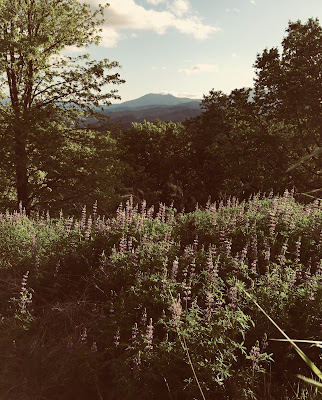Image: United States Department of Agriculture
Natural Resources Conservation Service Web Soil Survey
Fitton Green Natural Area 33721 to 33723 Mary's River Estates Rd. Philomath, OR Benton County (central location at orange flag).
Searching through NRCS Web Soil Survey has been a growth experience as a new user. Starting with the 'Area of Interest' tab, I entered the address listed online for Fitton Green Natural Area 33721 to 33723 Mary's River Rd, Philomath, OR 97370. After entering state and county under soil survey area link, it showed the area symbol OR003 with data availability as tabular and spatial complete. Then listed is the versions Survey Area: Version 16, Tabular: Version 14, Spatial: Version 3, all dated Sept.18, 2018. The digital versions of data are up-to-date with very detailed information which is useful for land-use planning for both economic and recreational activities and conversation efforts.
Next, I navigated to one of the features of the web soil survey Area of Interest (AOI) Interactive map and the tab 'Define AOI by Rectangle.' Above is the image which delineates the boundaries of the landscape. When I created the AOI, it was a very rough estimate of what appears to be the general area but is by no means accurate. As a first time user, I'm not even sure if I was doing it correctly. What I believe could be improved is to have a more vivid flag at the site for viewers to see.
The 'Soil Map' tab is accessible after entering the AOI. Under the meandering delineations of soil types highighted in orange, the flag which indicates the location of Fitton Green is surrounded by a delineation with the number 137. From there I accessed the 'Properties and Qualities Ratings with links to detailed information; soil chemical properties, soil erosion factors, soil health properties, soil physical properties, soil qualities and features, and water features. I found a listing of various soil types including the soil type for area labeled 137. The dominant soil is listed under 'Map Unit Legend' as 'Price-MacDunn-Ritner complex, 30 to 60 percent slopes.'
Exploring more, I found I could click onto 'Report-Map Unit Description.' Under 137-MacDunn-Ritner complex, 30 to 60 percent slopes, are map unit setting, map unit composition, description of price with setting and typical profile. It was interesting to see on map unit setting the mean annual precipitation at 50 to 70 inches, mean annual air temperature at 48 to 54 degrees F and under farmland classification as 'not prime farmland.' Of special interest to me was the link 'soil erosion factors' as it relates with soil erosion at Fitton Green. This community park was previously logged and as a result soil erosion is a concern. Understanding the dynamics of soil gives planners a detailed perspective on how to manage and monitor the landscape.
Web Soil Survey (n.d.) United States Department of Agriculture
Retrieved from
https://websoilsurvey.sc.egov.usda.gov/App/WebSoilSurvey.aspx









